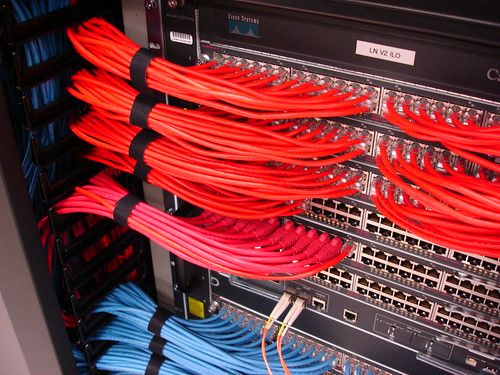I wanted to take some pictures yesterday, so I dug out our Canon EOS Rebel T7i camera, which hadn't been used in a year or so, and found that the battery was completely dead - like, so dead that it wouldn't take a charge. The Canon batteries have a protection circuit - once the voltage drops below the "safe charging" threshold, the protection circuitry cuts off the battery from the electrodes, so it can't power anything and also can't be charged any more.
Looking on Amazon, I found a pair of no-name batteries which claimed to be replacements for the LP-E17 Canon battery, with a charger, for about thirty bucks. "But wait!" I thought. "I have all the parts to BUILD a battery that should work! I bet I can design a case, 3D print it, and assemble a working prototype in a few hours... and turn IDLENESS and SLOTH into ELECTRICAL POWER!"
Sure enough, I had the most crucial part - two Li-Ion cells which would both fit within the form factor of the Canon LP-E17 battery, and provide the 7.2V (nominal) which the camera needs.
OK, the guts were taken care of. Now, about that case... I've been 3d-printing stuff just long enough to have some facility with Fusion 360. How hard could it be?!? Turns out, between making measurements and the fact that I really am just a rank amateur at 3D design, it took about four hours.(including some "proof-of-concept" printing to make sure I could ACTUALLY make it fit in my camera before spending time getting it all "just right".)
After a little printing, soldering, and electrical tape (for safety!), I managed to put together something that actually fit! I always get a little nervous playing with lithium ion cells, because they'll quite happily dump several amps worth of current into that short circuit you didn't realize you were making.
I managed to get everything assembled without shorting anything out, and a quick check with the multimeter showed 8.25V in the correct polarity, so... let's try it out!
It fits! I can even remove it! Even better, IT WORKS!
Now... do I recommend doing any of this? Absolutely not! This took far longer than I expected at the outset. It also runs the risk of fire and/or damage to an expensive camera... all to save $30. But it does feel pretty good to have set myself a task and completed it. Now... what was it I wanted to photograph, again?





